Qin Dynasty (Chinese: 秦朝)
Posted: Sun Oct 03, 2010 6:30 am
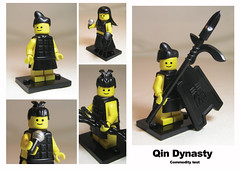
The Qin Dynasty (Chinese: 秦朝; pinyin: Qín Cháo; Wade–Giles: Ch'in Ch'ao; was the first ruling dynasty of Imperial China, lasting from 221 to 206 BC.
The Qin state derived its name from its heartland of Qin, in modern-day Shaanxi. The Qin's strength had been consolidated by Lord Shang Yang in the 4th century BC, during the Warring States Period.
In the early third century BC, the Qin accomplished a series of swift conquests; the state subjugated the Chu, remnants of the Zhou Dynasty, and various other states to gain undisputed control of China.
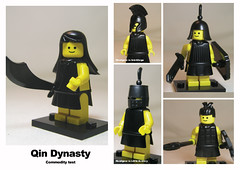
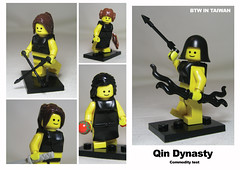
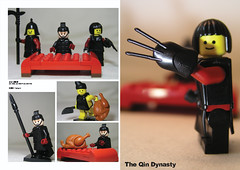
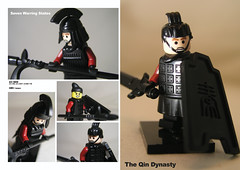
Seven Warring States
The Seven Warring States or Seven Kingdoms (simplified Chinese: 战国七雄; traditional Chinese: 戰國七雄; pinyin: zhàn guó qī xióng; literally "Warring States [period] seven great powers") refers to the seven warring states in China during the Warring States period in Chinese history. The Seven Warring States formed from the weakening of the Zhou Dynasty. They were, in alphabetical order by pinyin:
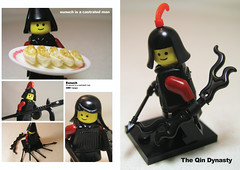
Eunuch
An eunuch (pronounced /ˈjuːnək/) (Greek: "Ευνούχος") is a castrated man, usually one castrated early enough to have major hormonal consequences.
The term usually refers to those castrated (without their consent) in order to perform a specific social function, as was common historically in many societies. The earliest records for intentional castration to produce eunuchs are from the Sumerian city of Lagash in the 21st century BC.
Over the millennia since, they have performed a wide variety of functions in many different cultures such as: courtiers or equivalent domestics, treble singers, religious specialists, government officials, military commanders, and guardians of women or harem servants. In some translations of ancient texts, individuals identified as eunuchs sometimes historically included men who were impotent with women, as well as those who were celibate.
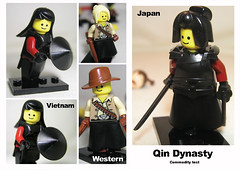
Skirt 裙子
A skirt is a tube- or cone-shaped garment that hangs from the waist and covers all or part of the legs.
In European culture, skirts are usually considered women's clothing. However, there are exceptions. The kilt is a traditional men's garment in Scotland, and some fashion designers, such as Jean-Paul Gaultier, have shown men's skirts.
